Integral Flow Orifice Assembly is used when a Differential Pressure Transmitter has to be directly mounted on the orifice assembly.
This eliminates the cost of installation of a Differential Pressure Transmitter with impulse piping up to the orifice assembly.
Integral Flow Orifice Assembly
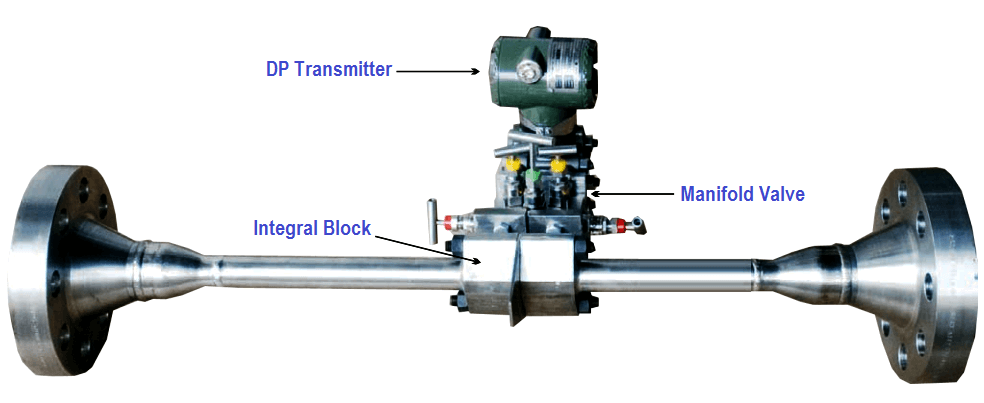
The transmitter is mounted on the orifice assembly through a 3/5 Valve H-type manifold. Available with line sizes of 2″ & below. However, due to the process temperature limits of the transmitter, this assembly cannot be used to process temperatures above 120 degrees Centigrade.
The assembly consists of an orifice plate between two integral blocks having corner taps. Generally, a meter run pipe is recommended with an upstream length of 750mm and a downstream length of 250mm. The pipes are welded to the blocks with end flanges.
Advantages of Integral Meter run assembly:
The use of an integral orifice flow meter will eliminate the three measurement inaccuracies recorded in small orifice line installations.
The Integral orifice-honed body reduces ID uncertainty.
By inserting precision bored upstream and downstream sections of pipe, the velocity profile distortion due to pipe roughness is reduced.
The self-centering design of the Integral Orifice Plate eliminates plate misalignment.
Improves Reliability and Maintenance Costs
The integral orifice flow meter eliminates impulse lines, reducing leak points by over 50% and decreasing start-up time due to the flexibility of numerous process connection options.
The direct mount design minimizes line plugging by eliminating long lines, small-bore ports, and services while providing consistently reliable installations.
- Accuracy up to ±0.5% of the volumetric flow rate.
- The integral manifold head allows direct mounting of DP transmitters.
- Ideal fluid types: liquid, gas, and steam
Integral Orifice Assembly with flange union, manifold valve, DP transmitter & end flanges
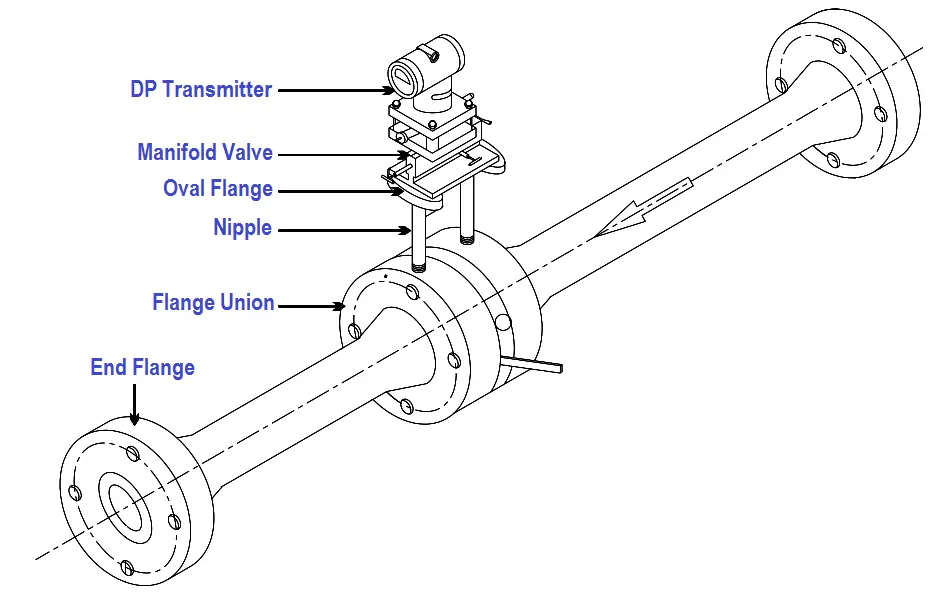
Meter runs are supplied as a complete unit of normally 1M length to ensure the necessary straight pipe length to achieve the highest possible efficiency.
These are available with line sizes mostly below 50mm with a corner tap.
These are used for the measurement of small flow rates precisely where high accuracy of flow rates is required.
Types of Meter Runs
- Orifice Flange union with Meter -run.
- Orifice flange union with Carrier ring and meter run.
End Connection: Socket Weld, Screwed and Flanged ends with meter run piping suitable to ANSI, IS & DIN flanges.
Reference – prisma-instruments
If you liked this article, then please subscribe to our YouTube Channel for Instrumentation, Electrical, PLC, and SCADA video tutorials.
You can also follow us on Facebook and Twitter to receive daily updates.
Read Next:
- Advantages of Flow Meter
- Magnetic Flow Meter Corrosion
- What is an Orifice Flange?
- Displacement Flowmeters
- What is a Dall Tube Flowmeter?
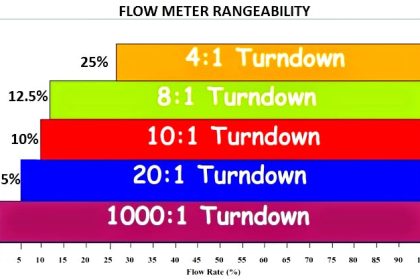
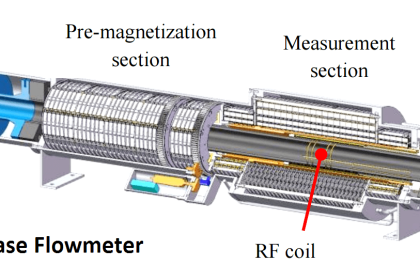
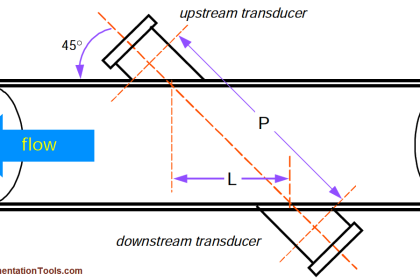

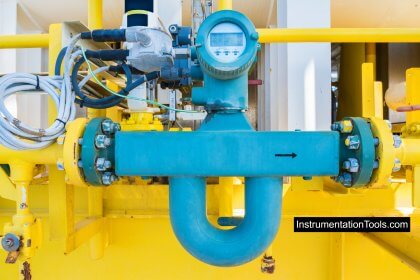
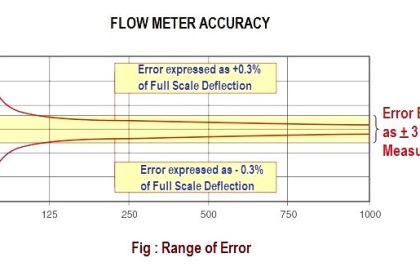
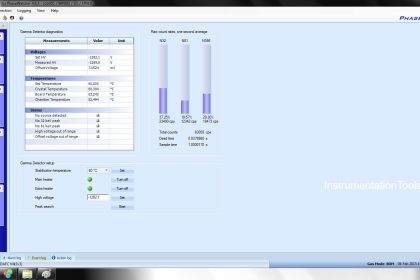
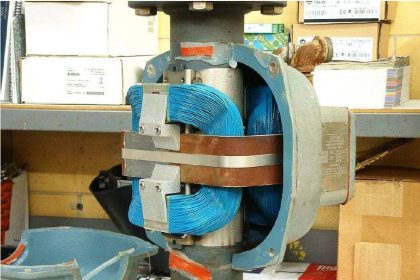

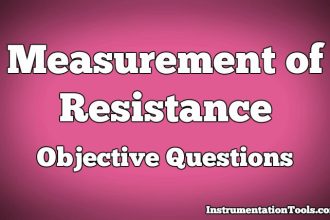

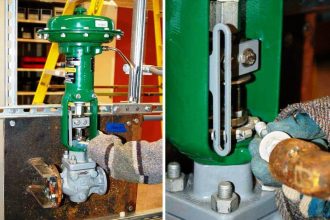

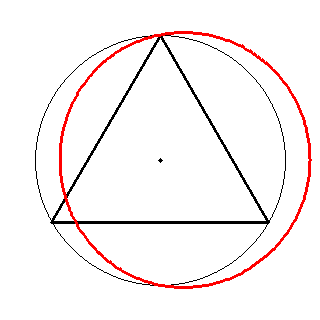

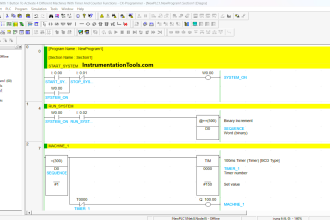

Can compact type integral orifice with Transmitter installed with isolation valves bw TX n sensing integral lines??
Your site, your articles are very helpful. Thank you for your understandable description.